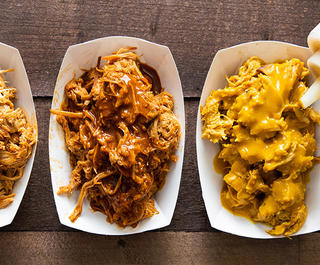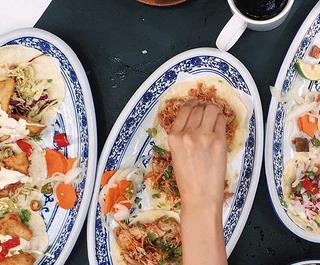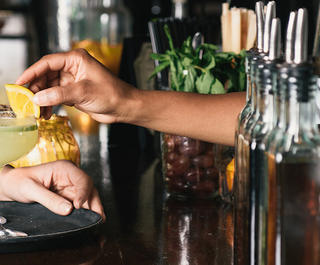
Peru is touted as one of the world’s gastronomic hot spots. But how do visitors track down these memorable culinary experiences? What if you don’t speak much Spanish? And what if you don’t have a lavish dining budget?
The good news is that Peru serves up its rich bounty every which way: from street stalls and markets to budget-friendly cafes and high-end restaurants in astounding locations.
Peru's transformation
But first, a little background. Those who haven’t visited Peru for a while may be puzzled about its newfound status as a culinary superstar. Politics and celebrity chefs have played a major part in the transformation. In the 1980s and ’90s, Peru was embroiled in a civil conflict with the Shining Path guerrilla group that crippled the country and its citizens’ movements. Then, in 1994, along came chef Gaston Acurio, widely credited with elevating Peruvian cuisine onto the world stage and instilling national pride in produce ranging from Amazonian fruits to ancient grains such as quinoa.
His Lima fine diner, Astrid y Gaston, originally served French fare but slowly that gave way to dishes showcasing Peru’s thousands of potato varieties, dozens of corn varieties and its fresh seafood. This year, Acurio’s Miraflores restaurant relocated to Casa Moreyra, a 17th-century hacienda in neighbouring San Isidro (astridygaston.com).
It’s still possible to experience the Acurio touch in Miraflores. His casual eatery Tanta (tantaperu.com) offers tropical juice blends, plump empanadas, tamales, soups, sandwiches and a famed hangover cure known as leche de tigre (tiger’s milk) – the nickname for the citrus marinade left over from ceviche.
For the seafood lovers
A memorable place to try ceviche – and other seafood hauled straight from the Pacific - is the Chorrillos fish market south of Miraflores. Simple cevicherias huddle near the seaside market and serve not only the marinated raw fish but seafood soup (parihuela), crumbed fried fish (jalea) and rice with shellfish (arroz con mariscos). To make like a local, wash down the meal with a glass of the neon-yellow Inca Kola softdrink (similar to creaming soda).
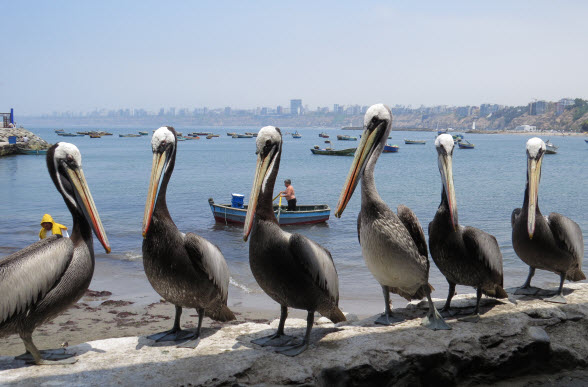 The view from the Chorrillos fish markets includes hopeful pelicans.
The view from the Chorrillos fish markets includes hopeful pelicans.
It’s not the only colourful drink in Peru. Chicha morada is a non-alcoholic brew of purple corn, pineapple and apple skins, citrus, star anise, cinnamon, cloves and sugar that tastes like the tropics meets the Incas in a glass. Purple corn is also the key ingredient in mazamorra morada – a fruit-filled, dark-hued jelly sold by many street vendors. Sweet tooths should also try arroz zambito – the caramel colour of the “tanned” rice pudding comes from chancaca, an unrefined sugar. Picarones, pumpkin doughnuts slathered in molasses syrup, are also a popular street snack.
While the froth-topped pisco sour is world-famous, another pisco cocktail worth trying is the chilcano, which mixes the clear grape brandy with ginger ale and lime juice, and is served in a long, tall glass. Peruvian bars also stock big glass jars of pisco infused with a single flavouring: think macerated apricots, peaches and gooseberries, coca leaves, coffee beans, lemongrass and chillies. These flavoured piscos go down a lot more easily than straight pisco.
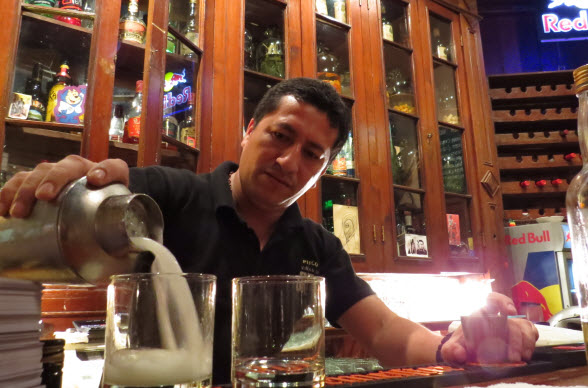 Pouring Peru’s famous pisco sour.
Pouring Peru’s famous pisco sour.
Iconic flavours
When it comes to iconic dishes, Peru is well known for serving up two cute animals on a plate: alpaca and guinea pig (cuy). Try them at Restaurant Huaca Pucllana (resthuacapucllana.com), which sits next to a dramatically lit, centuries-old adobe and clay pyramid in Miraflores. The menu includes an entrée of deep-fried guinea pig with plantains; for mains it offers alpaca medallions with mushroom sauce and a soufflé showcasing the large-kernel pale corn known as choclo.
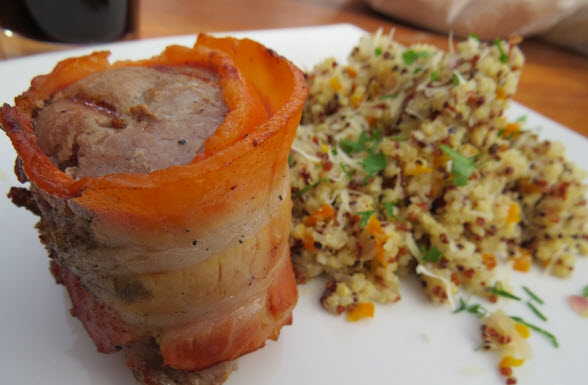 Alpaca wrapped in bacon with quinoa risotto
Alpaca wrapped in bacon with quinoa risotto
But what lies beyond the culinary clichés of alpaca and guinea pig? What dishes would Peruvians recommend for visitors? Chef Alejandro Saravia, who runs Pastuso in central Melbourne, believes ceviche is the dish that defines Peru, showcasing not only its fresh seafood but its citizens’ love of chilli and citrus. There are many kinds of ceviche but Saravia’s favourites are lenguado (sole), conchas negras (black clam) and pejerrey (a white fish similar to King George whiting).
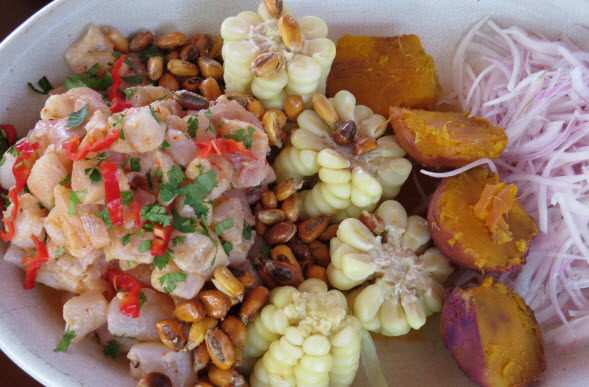 Ceviche with corn, sweet potato and onion.
Ceviche with corn, sweet potato and onion.
Peru also features two distinct empanada styles. Saravia favours the plump coastal empanada stuffed with the traditional filling of beef, olives, currants and egg. Some chefs are giving the humble empanada a modern twist with new-fangled fillings such as mushrooms and artichoke hearts. Once you start climbing into the highlands, empanadas resemble a folded flatbread. At Pisac in the Sacred Valley near Cusco, one baker does a roaring trade in flat empanadas with fillings such as cheese, tomato and onion, and the universal Hawaiian combo of ham, pineapple and cheese.
It’s also worth seeking out the pan con chicharron – it could be the tastiest pork sandwich you ever try. A French bread roll is layered with grilled sweet potato, juicy pork slow-fried for an hour, and lightly cured and dressed Spanish onion slices. Peruvians also adore aji de gallina - chicken slathered with a bright-yellow creamy sauce made from aji amarillo chillis.





